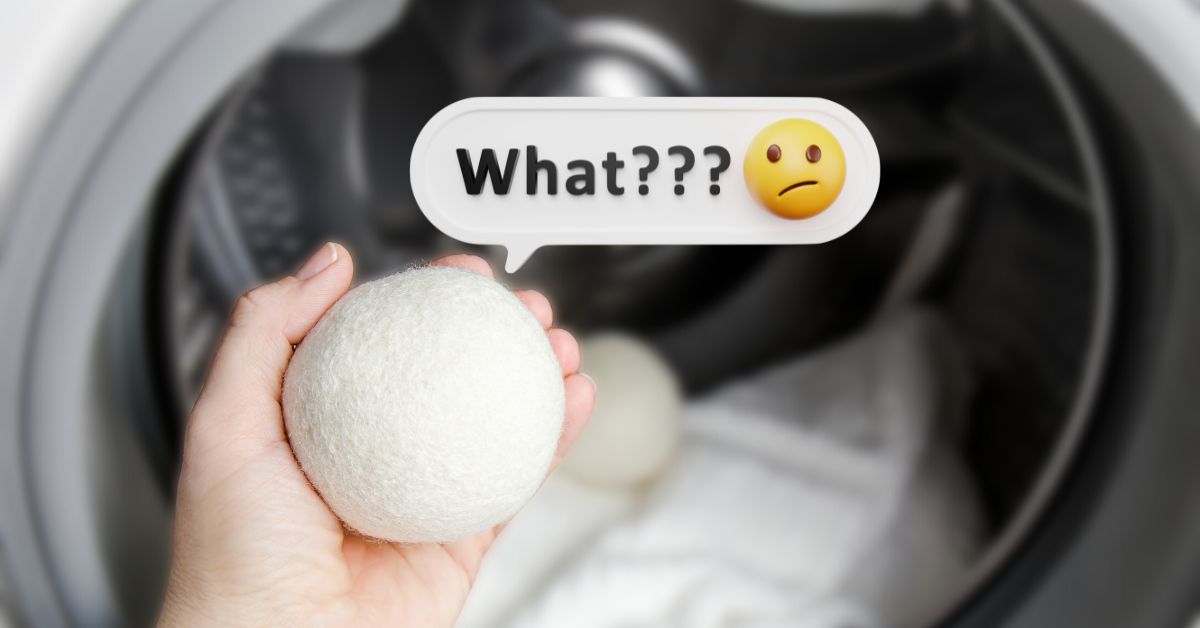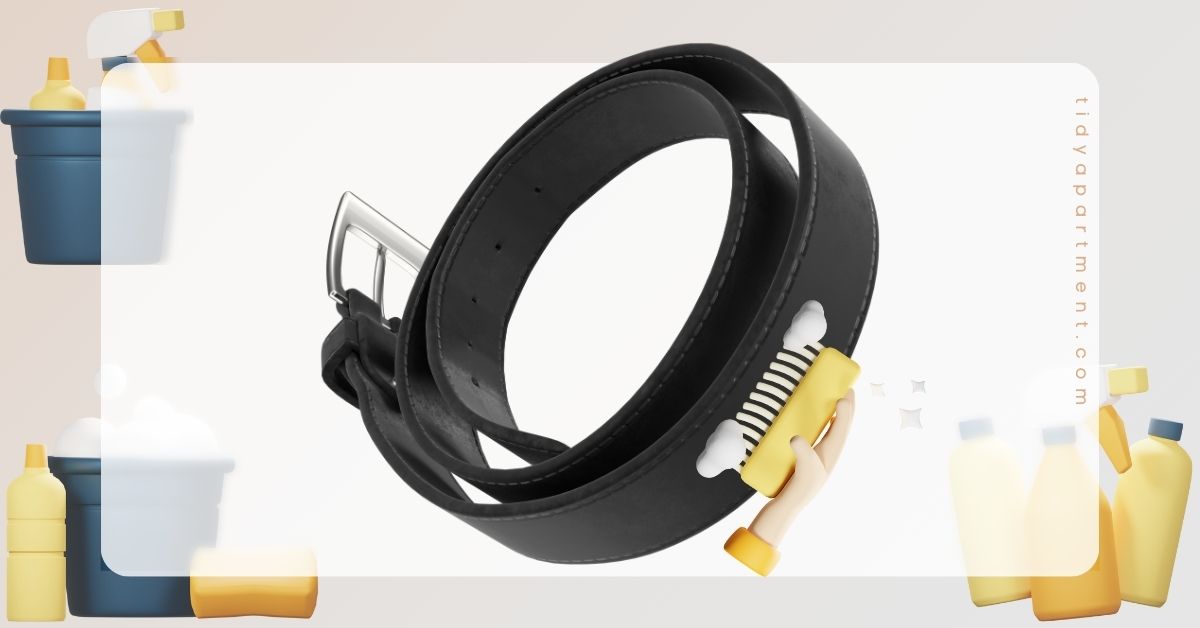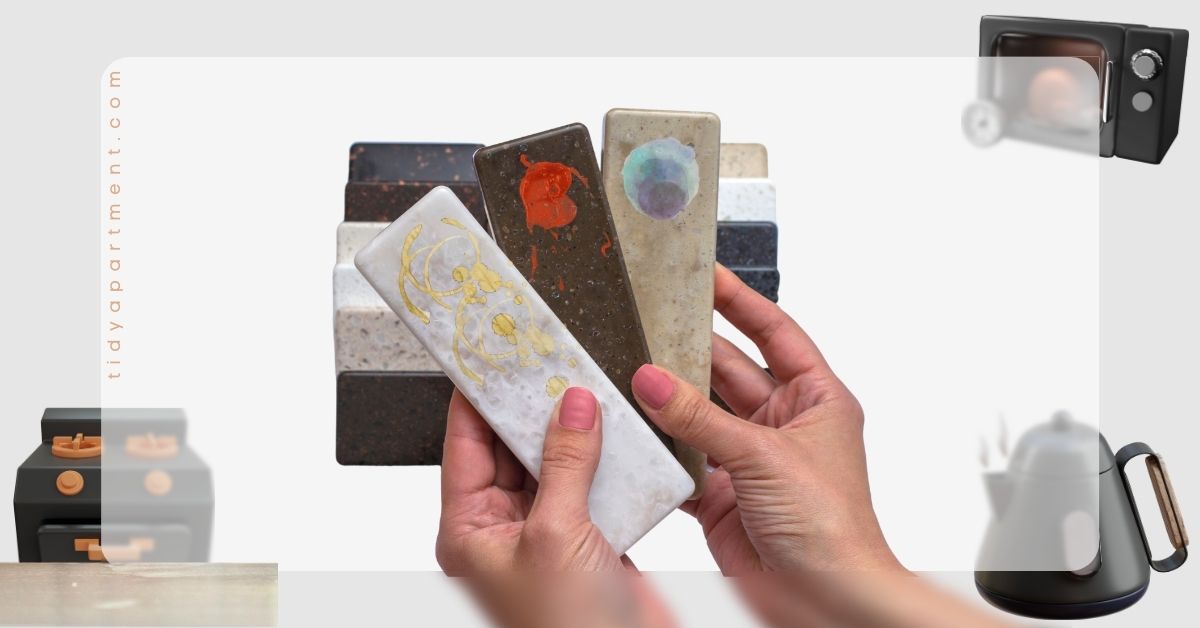Bugs are a nuisance as they can eat into your clothes. You open your closet one lovely day to wear your favorite attire, only to discover how bugs have ruined them. Bugs do not differentiate when they eat into various types of clothes. Woolen, synthetic, rayon, cotton, linen, and even leather, bugs won’t stop.
However, you don’t have to worry about the clothes-eating bugs. You can eliminate these bugs on your own most of the time. All it needs is a bit of effort from your side. However, getting rid of some bug types may require you to involve professional services.
Let’s dive further into the types and how to get rid of bugs that eat clothes.
Page Content
9 Bugs That Eat Clothes
When you want to deal with cloth-eating bugs, it’s crucial to understand their types. It helps identify the bug, making it simple to use the correct method for eliminating it. Curious to know the names? Cockroaches, Termites, Carpet Beetles, Case-Bearing Clothes Moth, Cricket, Firebrat, Silverfish, Webbing Clothes Moths, and Earwigs are known as the bugs that eat clothes to date.
Do you want to learn more about these bugs? Then you must read: Bugs that Eat Clothes.
How to Control and Get Rid of Bugs That Eat Clothes?
Let us now understand how to control these cloth-eating bugs and remove them.
1. Cockroach

First and foremost, clean and sanitize your clothing area and its periphery. Get rid of soiled clothing while vacuuming the insects’ eggs and droppings. You can control the cockroach infestation using baits or residual insecticides having at least one of the following components: Dursban or Chlorpyrifos, Baygon or Propoxur, Pyrethroid or Pyrethrins, Silica Gel, and Hydroprene.
If you use baits, ensure they contain Baygon, Propoxur, Boric Acid, Hydramethylon, or Sulfluramid. Strict following of the instructions given on the package is mandatory. You may have to repeat the treatment several times to achieve appropriate results.
You can also get rid of cockroaches with organic methods. They take a long time to control the bugs, but their toxicity is less than that of insecticides. You may have to continuously work with the treatment if you use the organic method.
The organic method requires you to seal indoor and outdoor cracks with windows and doors closed tightly. In addition, seal all openings, such as electrical lines and water pipes passing through walls and floors. Repair plumbing leaks, if any, and eliminate all sources that may create moisture indoors. Keep your home free of garbage and food crumbs. Also, ensure you don’t delay washing soiled clothes.
Use 20 Mule Team borax to kill cockroaches. It is a safe option for controlling cockroaches because it dehydrates their skeleton. However, keep borax away from pets and children because of its toxicity.
Mix borax and sugar in a ratio of 3:1 and sprinkle it in the places where cockroaches hide. You may have to wait a week to see the results. Keep repeating the process to eliminate the last batch of cockroaches.
Tired of cockroaches making holes in clothes? Then you must read: How to Prevent Cockroaches in Clothes
2. Termite

An infestation of termites in your closet indicates they have covered most of your home. In such a case, you may have to call for commercial pest control services, as your DIY methods of purchasing OTC insecticides won’t adversely affect the bugs.
However, you can ease the work by vacuuming the closets, washing soiled clothes without delay, and getting rid of dust, debris, and firewood in and around your closet and clothes. In addition, reduce moisture levels in and around your clothes.
Don’t know why ants are attracted to your clothes even after washing them? Then you must read: Get Rid of Ants From Clean Clothes
Have ants also infested your wardrobe? Then you must read: Get Rid Of Ants In Your Closet
3. Carpet Beetle
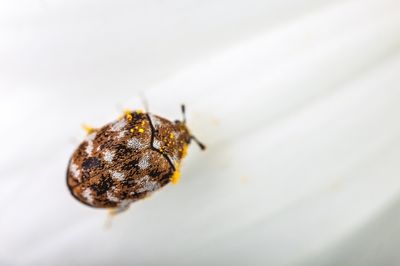
The key to controlling carpet beetles lies in thoroughly cleaning baseboards, corners, and edges of carpets. These are the favorite places that the adults love to hide. Repeat the vacuuming several times to ensure effective cleaning. Vacuum in different patterns to move the carpet pile in all directions. It ensures that you reach all areas of the carpet and its back.
You can use pyrethroid insecticides in infested areas where you don’t store edibles. It is a proven household formula to rid the house of infestations. Among the several available products, ensure the presence of active components, such as bifenthrin, deltamethrin, permethrin, or tralomethrin. Here also, following the instructions on the package is strictly mandatory.
You can also remove carpet beetles using organic methods. The organic procedure also involves cleaning and vacuuming carpets and their hidden areas. Remove all clothing from infested closets or wardrobes for proper cleaning.
Rid off the vacuum bag instantly or dump it in a disposable plastic bag. This action will prevent any re-infestation. Throw infested materials away. If you can’t throw, use it to eliminate eggs and larvae.
Kill the beetles by freezing small items for about 48 hours. Alternatively, heat them above 120 degrees F for a couple of hours. Wash or dry-clean infested clothes before you put them in your closet, which is recently cleaned and disinfected.
4. Clothes Moth / Case-Bearing / Webbing Cloth Moth
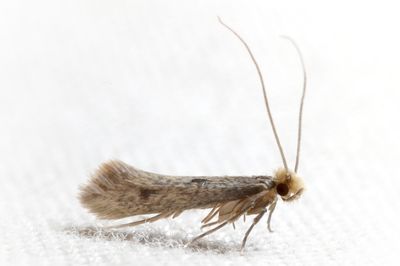
Using moth repellents such as mothballs or naphthalene is prevalent against these bugs. Scatter naphthalene balls throughout the fabric in a layered pattern. To be safe, look for moth crystals with paradichlorobenzene (PDB) as a common ingredient, which has low toxicity toward humans.
Position them in closed rooms or sealed containers for at least two to three weeks to achieve the results. Follow all the instructions on the package before using it.
If you wish to use natural moth repellants, you can use Cedar and Lavender.
Caution:
- Naphthalene in moist situations can discolor fabrics. Therefore wrap it on paper and place it in your clothes to prevent direct contact.
- A few metals may corrode due to naphthalene. However, it doesn’t react with plastic.
- Paradichlorobenzene (PDB) reacts with hard plastic. They may melt the storage containers and plastic buttons.
5. Cricket
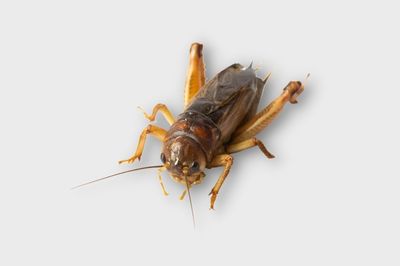
Removing a cricket infestation begins by eliminating sources of food and moisture. Identify the entry points of these bugs and where they enter from outside. The usual places are areas around light fixtures, cracks along the floorboards, and foundation walls on the exterior.
Use insecticides to control a massive population of crickets. Buy insecticide dedicated to eliminating indoor crickets. Ensure it comprises chlorpyrifos (Dursban), propoxur (Baygon) or permethrin. Follow the instruction guidelines carefully while using aerosol or liquid products.
6. Firebrat and Silverfish
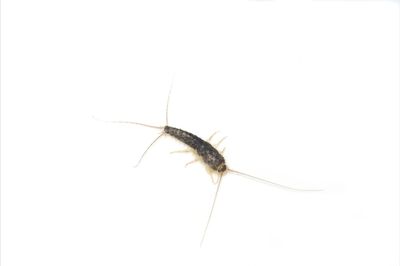
Removing moisture and food that these insects die for is the key to eliminating firebrats and silverfish. Cleaning the areas thoroughly before treatment is mandatory.
Remove the infestation by spraying insecticides containing synergized pyrethrin and pyrethroids. Ensure the insecticide contains bifenthrin, cyfluthrin, phenothrin, or tetramethrin as an ingredient.
Avoid spraying oil-based solutions near gas flames, electric motors, or flammable materials. Don’t spray near the kitchen or any place where eatables are stored.
Use silica gel for organic control of the bug.
7. Earwigs
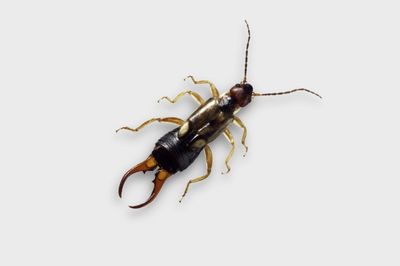
i. Blocking earwigs
Controlling earwigs starts with sealing all possible entrances. Seal all the cracks with clay, silicone, or available fillers. Seal all doors and windows. Obstruct and block access by the earwigs to food items and dead plants.
ii. Trapping earwigs
Trapping earwigs is ideal rather than killing them since they benefit the gardens. Once you trap them, allow them to stay in your garden. Ensure you don’t injure them before or after trapping.
Let’s understand the different types of traps for earwigs.
- Clay pot trap: Earwigs love to crawl underneath flower pots. Prepare a flower pot using a clay pot filled with straw, hay, or old shred newspaper and a handful less of soil. Position this pot upside down but in such a way that the earwig can enter it effortlessly.
- Damp cloth trap: Place a dampened cloth in any corner of your room for the entire night. Ensure the rest of the area in the room is dry. Humidity delights earwigs, and they land on the dampened cloth. Next morning place the dampened cloth with trapped earwigs outside of your house.
- Glue trap: Use glue rings to keep away earwigs from fruit trees. Earwigs seldom fly and stick to these glue rings when they try to climb up the trees. Earwigs are known to keep fruit aphids-free and don’t damage any fruit.
iii. Organic Treatment
Organic treatment is harmless and eco-friendly. You can implement organic remedies in your living area. However, ensuring the organic substances used in high concentrations may harm beneficial insects like bees and other aquatic organisms.
iv. Chemical Treatment
Using chemicals against earwigs is a bad idea. Many times, the toxicity of these chemicals doesn’t work on earwigs. However, it plays a crucial role in disturbing the surrounding environment, which is dangerous for pets and humans.
v. Household Treatment
Earwigs dislike heat and light. Exposing infested areas to light and heat compels the earwigs to leave sooner or later.
vi. Removing Earwigs from Clothes
Folded laundry is a favorite hiding place for earwigs. Damp laundry is vulnerable to earwig infestation. The narrow spaces, dampness, and darkness between the clothes make a perfect place for earwigs.
You can get rid of earwigs from laundry as follows:
- Do not remove laundry unless it’s 100% dry.
- Before taking out the clothes, shake them thoroughly.
- Aerate the bed during the daytime.
- Expose the room, laundry, and bedding to heat and fresh air to prevent moisture.
Conclusion
Bugs are troublesome. They infest your house and may attack your closets, wardrobes, clothes, or other areas. They bring with them the risk of diseases. Bugs can eat clothes and ruin them forever. Therefore, getting rid of bugs that eat clothes becomes a priority.
Thankfully, there are solutions to deal with the bugs’ issue. Rather than solutions, there are preventive measures to keep the bugs away in the first place. That involves keeping your areas clean and damp-proof.
A few measures to rid the area of bugs involve using insecticides and natural components. Using insecticides may be risky for pets and humans. Organic remedies are safer to use. However, it may take a long time to eliminate bugs.

